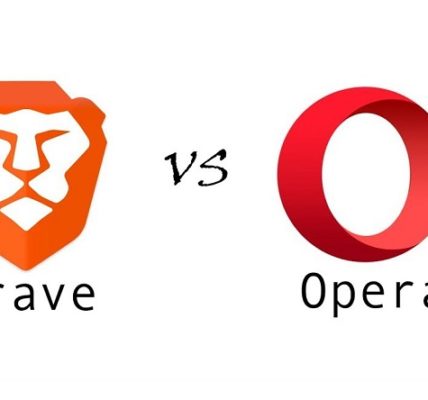Singapore – In recent times, various market sectors have been flourishing, with Inscription making its mark and Solana making strides with DePIN in tow. These developments have sparked a consensus: the bull market is finally here. Veteran investors are pondering where the sector will rotate to next and where they should concentrate their focus. Amidst the hype surrounding Layer 2 (L2) and Inscription, this press release sheds light on GameFi, an emerging sector with untapped potential.
I. Human Nature to the Left, GameFi to the Right
GameFi, as a concept, often conjures thoughts of past successes and failures. On one hand, there are AAA blockchain games that have attracted substantial investments but struggle to deliver. On the other hand, Play-to-Earn (P2E) mining games promise lucrative returns but are ensnared in a cycle of “Buy NFT → Complete Tasks → Earn Tokens.” This repetitive loop is akin to a strange cycle of “mining, withdrawing, and selling.”
Designers who adhere to this cycle often assert that people are driven by greed and will mindlessly follow any project that caters to their monetary interests. While greed is indeed a part of human nature, it’s crucial not to overlook the fact that human nature encompasses a broader spectrum of needs.
In Abraham Maslow’s hierarchy of needs, the desire for wealth and possessions represents a safety need, one of the most fundamental and lower-level needs. Higher-level needs include a sense of connection, respect, and self-actualization.
In practical terms, this can be understood as follows:
Imagine being offered $500 a day for a job you detest, with constant unpaid overtime, leaving no time for personal life. How long could you endure this situation? Would you sacrifice social interaction and passion for financial gain? Wouldn’t there come a point when you pondered the meaning of life and questioned what comes after accumulating enough wealth?
This isn’t to suggest that making money is wrong. Rather, it emphasizes that when basic needs are met, human nature naturally gravitates toward fulfilling other needs. To sustain interest and investment, GameFi must cater to these various levels of needs.
In the context of GameFi, Finance (Fi) should serve as motivation rather than the sole driving force. This is a fundamental reason behind the sector’s previous setbacks. When numerous projects compete to fulfill the same low-level needs, differentiation becomes challenging. This competition can lead to a growing disconnect from higher-level human needs, resulting in a situation where consumers are forced in one direction while GameFi blindly moves in another.
If Finance (Fi) isn’t the path to breakout success, what is?
To answer this question, we must redefine “breaking out.” It’s not merely about transitioning from Web3 to Web2 consumers; it’s about addressing different levels of needs in Maslow’s hierarchy. A successful GameFi project must satisfy financial needs while also nurturing social interaction, belonging, and respect.
II. 70% Game + 20% Fi + 10% Meme
GameFi possesses immense potential due to the inherent appeal of games throughout human history. Games have evolved with time, meeting diverse human needs. Ancient games strengthened tribal connections and fostered a sense of belonging. The Olympic Games promoted unity among city-states. Modern electronic games immerse players through instant feedback, honor systems, a sense of achievement, and social motivation.
While Finance (Fi) emerged in the last decade, games have been deeply ingrained in human DNA. It’s not that games need humans; it’s humans who can’t live without games. GameFi uniquely combines the needs of both gaming and finance, making it well-positioned for success. To determine the optimal balance between gaming and finance, a suggested ratio is 70% Game, 20% Fi, and 10% Meme. Fi serves as motivation, driving users to explore digital currencies and wallets. However, it’s crucial to remember that money alone doesn’t satisfy all human needs; it accounts for just 20%. Higher-level needs, such as belonging and self-actualization, must find fulfillment within the game itself.
Traditionally, discussions surrounding GameFi have centered on playability, emphasizing the importance of fun and excitement. To quantify these qualities, “immersion time” emerges as a more accurate indicator. Immersion time is tied to attention, and the key to maintaining it lies in striking the right balance. Psychologist Dr. Lucy Jo Palladino’s “Attention Curve” illustrates how attention relates to external stimuli. Insufficient stimulation leads to disinterest, while excessive stimulation causes anxiety and, eventually, disengagement. GameFi’s challenge lies in offering enough engagement to keep players immersed.
Instead of obsessing over metrics like players’ farming efficiency, focus should shift to metrics like player immersion time. Ensuring players spend at least three hours a day within the game becomes more relevant. Visual and auditory stimuli can enhance immersion, making games more captivating.
Contact Details
Name : PRDots Advertiser
Email : advertiser@prdots.com
Phone Number : 9719900886677
Company Name : PRDots
City : Dubai
Country : UAE














